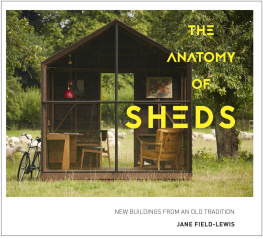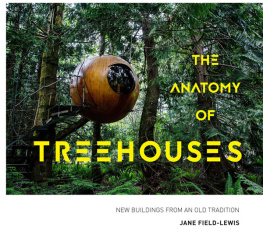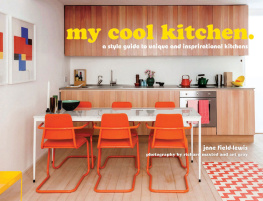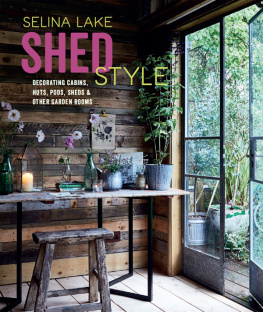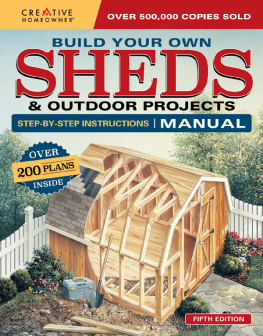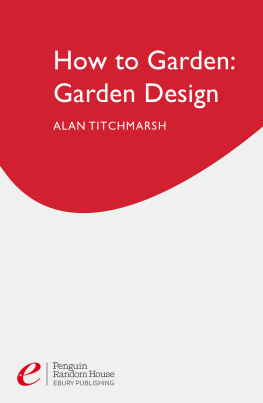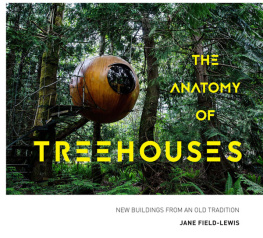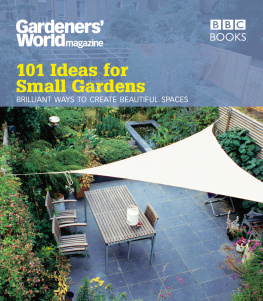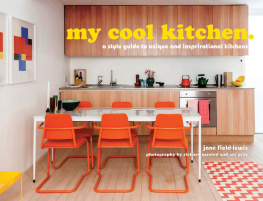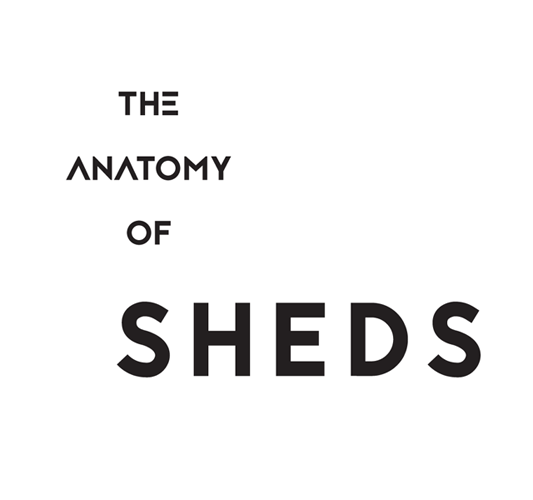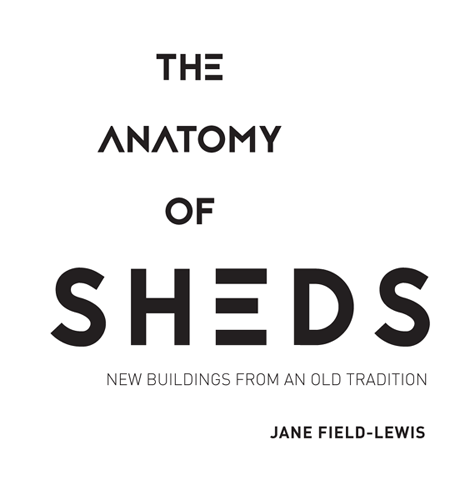



Over the past few years a very simple phenomenon has given rise to creative ambitions that take the traditional backyard shed or cabin way beyond its origins. Small space design, a growing trend for more simple architectural structures and the emergence of the shed aesthetic have converged to provide a unique way for us to express ourselves as individuals. Partly born from the recessionary need to achieve more with less, this trend has taken root with people from all income groups and skill sets. The result is a rich cultural seam of backyard offices and studios, art installations and even serious architectural pieces of work, all with a small footprint.
As a stylist I have spent the best part of my career looking at style in context, whether its a character in a film script or an image that conveys a mood or atmosphere. Style out of context is only half the story and somewhat empty, but when its combined with personality it can be magical. By integrating what I do styling, art directing and writing into a book format, I have now written over 10 books. This is my second on the subject of sheds. The first, my cool shed, turned into a bestseller and a bit of a trailblazer and struck a chord with many people. It evolved and grew into the international hit Channel 4 TV series George Clarkes Amazing Spaces with its unusual and quirky subject matter, an emphasis on visual style and a delicious combination of design and humanity.
Looking back at that extraordinary journey and having encountered so many owners of incredible sheds along the way, I realise now that my task is still not finished. Indeed, the story has grown, along with the numbers of shed creators, dwellers, designers, artists and businesses, and its only partly told. The shed phenomenon has expanded and inspired an increasing number of creative folk, and, consequently, there are many more cool sheds out there with owners who are willing to tell their tales.
Within the context of this book I invite you to explore some more amazing sheds, both practically and inspirationally. The purpose and passion that went into creating them are there to be seen and read about. Whether its vernacular, small-scale architecture, creative building by courageous owners looking for another way to express themselves or even change their lives, or simple cabins, garden sheds, studios and caravans, geodesic domes and ice huts, there are examples of them all in the following pages. The cost of these builds, from no budget at all to sizeable sums, is immaterial; the value for their creators cannot be measured in monetary terms. Some are works of art, whereas others are family homes, places of retreat or successful businesses. Some are strikingly architectural in form while others are roughly hewn or highly finished. The canvas is broad and almost anything goes.
My plan was to curate an eclectic selection featuring a diverse range of styles, sources and purposes but all inspirational in their own way. It could be a small detail that fires your imagination, such as the texture of a material, or a big concept that fuels your own plans for shed building. Of course, its not just physical inspiration that this book offers, its human stories, too, like the young couple setting up a fledgling business or the artist creating a gallery-worthy piece of work each lovely build has its own personal and interesting story to tell. And thats where the title concept the anatomy of sheds becomes crystal clear. We all appreciate that most great ideas and achievements come from a blend of inspirational sources and experiences, but rather than just describe each constituent part we look in detail at how they interact and relate to one another: the design inspiration, the owner, the build, the practicalities and, above all, that joyous moment when they all happily collide and a great idea comes to life.
Photographically, in an Instagram-fuelled world, everyones eye is becoming more highly attuned to a great image, and in this book Ive returned to my familiar milieu of high-end photography to share these delights with you. Ive chosen large-scale images that engage and delight, and for some of the sheds featured, Ive stepped out of my comfort zone as I believe passionately that peoples talents are wider than they often imagine. With this in mind, I persuaded some talented shed creators to pick up a camera and shoot their projects themselves. As a result, its been an enlightening and richly rewarding experience.
This book is a hybrid, positioned somewhere among and between the genres of interiors, architecture, lifestyle, design guides and storybooks. I leave it to you to take your pick and enjoy the mix. As ever, I am just the conduit and translator without the contributors and shed creators these pages would be empty. As John Falvey, one of the craftsman shed owners, said about his own work: People appreciate having their attention guided to what they have not noticed and seeing something constructed carefully and well. Its a quiet opinion, offered gently and generously. Hopefully you can share in their joy, too, and find your own inspiration somewhere within the following pages.
Here goes

The dream of owning our very own backyard shed can motivate our creativity and encourage us to find innovative solutions to the problem of creating practical spaces in our homes. The sheds featured here have a variety of uses and function as home offices, workshops, rented accommodation, chill-out spaces and even a cinema. Practical yet inspirational, they each have their own individual aesthetic appeal and delight us with their ingenuity and style.
Caitlin Longs San Francisco home office started out as a typical garden tool shed but is now a stylish space with a strong aesthetic, where she can work or hang out with family and friends. Further up the coast in Seattle is an elegant yet practical re-invention of a potting shed. It blends seamlessly into its surroundings and even has a green roof to camouflage it from above. And inspired by bacon and tomato sandwiches, fresh salads and dill pickles, a retired engineer used locally sourced reclaimed materials to hand-build his own remarkable greenhouse in Nova Scotia for growing organic vegetables.

